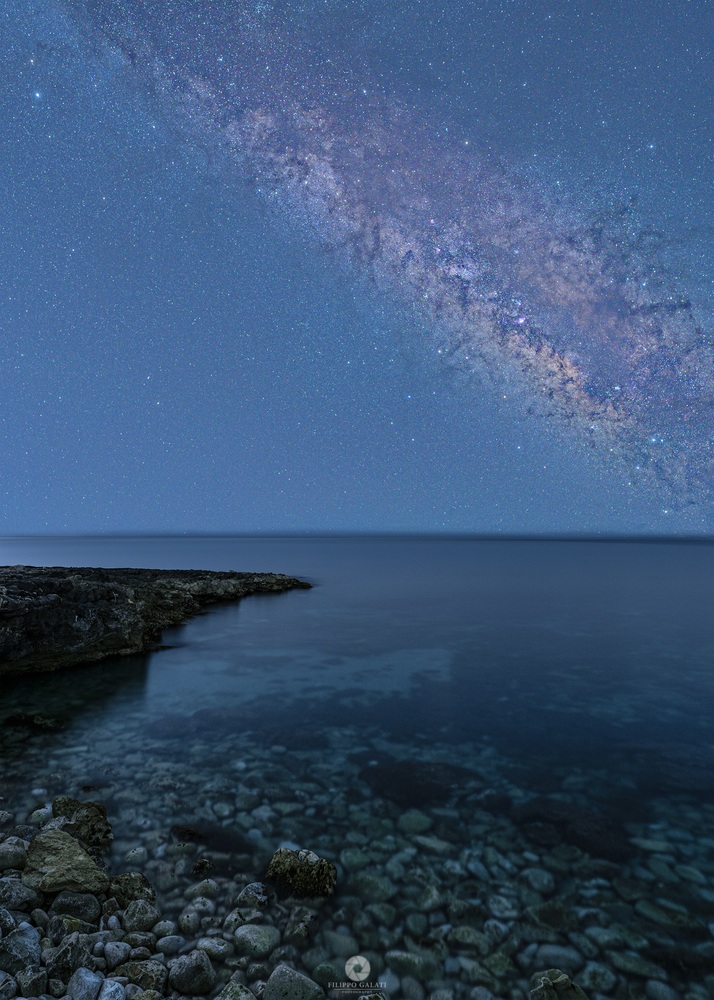A new visualization from NASA takes the viewer on a one-way journey into a black hole.
When I tell people I love black holes, they sometimes look at me like I just said I love a tiger that’s poised to maul me. But black holes are more like dogs than tigers — some cavort like puppies, some lounge like old bloodhounds, but they’re only dangerous if you insist on stuffing your hand in their mouth or standing in the way of that madly wagging tail. Keep a respectful distance, and you’ll be fine.
But it’s true that you don’t want to be these cosmic puppies’ chew toy. If you were to approach and fall into a black hole, you’d navigate fantastically warped spacetime. (Gravity is our experience of spacetime’s geometry: strong gravity = strongly curved spacetime.) Everything around you would look like the vision in a funhouse mirror, and the gravitational tides would stretch and squeeze you so much that you’d ultimately be spaghettified.
We explore this fate using words on our Q&A page, “What’s Inside a Black Hole?” But NASA has done us a favor and given us a new visual tour. In the visualization below, you can travel with the camera as it approaches and loops around the black hole before falling in.
Scientists at NASA’s Goddard Space Flight Center created the visualization using a supercomputer to simulate what would really happen, physics-wise, if you decided to invade a black hole’s personal space. In the video, Jeremy Schnittman and Brian Powell used a supermassive black hole of the same heft as that which squats in the center of the Milky Way. They surrounded it with a fluffy tutu of gas (a.k.a. the accretion disk), so that there would be plenty of light to trace the crazy warping that happens near the event horizon.
These light effects include the photon ring, a thin ring of light just outside the event horizon that’s created by photons that orbit the black hole one or more times before escaping. Scientists with the Event Horizon Telescope project hope to someday detect real photon rings by extending their worldwide telescope array into space.
The first section of the video is just the imagery. But keep watching and it’ll repeat, this time with detailed explanations of what you’re seeing. (If you want to skip to that part, start at time stamp 1:07.) After that, there’s a closer look at the photon ring, and then an encore with details about the video’s creation.
The video mentions the singularity. It’s unclear whether a singularity actually exists at the center of real black holes. But for more info about that, you’ll have to read our Q&A. You can also read more about the visualization and find other versions in NASA’s press release.
Credit: NASA's Goddard Space Flight Center / J. Schnittman and B. Powell
 1
1









Comments
accurateye
May 10, 2024 at 2:04 pm
Excellent visualization. Used the NASA link to avoid marketing cookies.
You must be logged in to post a comment.
You must be logged in to post a comment.